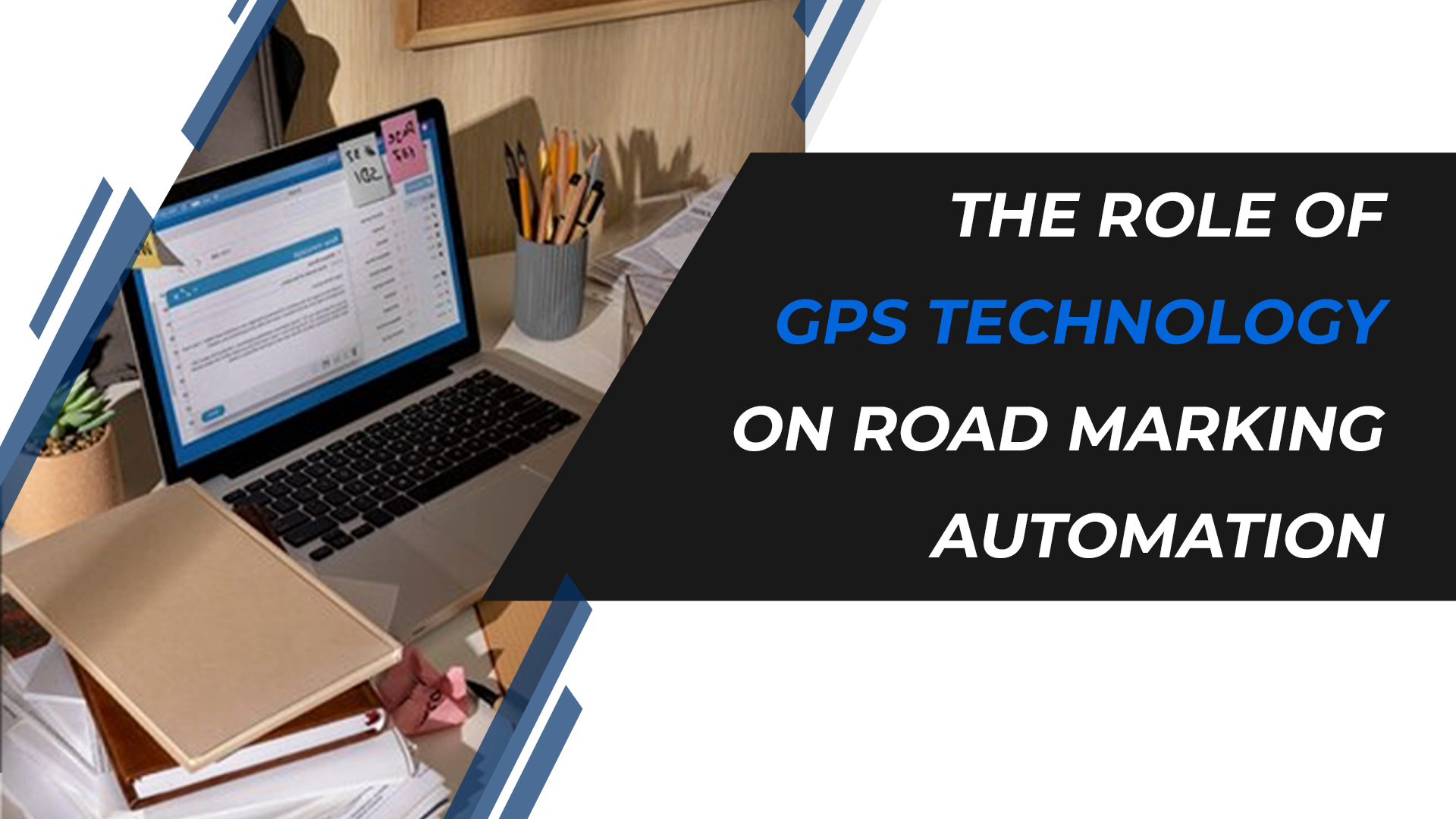The evolution of technology continues to revolutionize traditional transport infrastructure processes. One such area experiencing significant transformation is road marking.
Historically this process was heavily reliant on manual labor and conventional methods, but road marking is now undergoing a profound shift towards automation, with GPS (Global Positioning System) technology playing a pivotal role.
This article aims to explore the intersection of GPS technology and road marking automation, highlighting its benefits, challenges, and the future implications of this innovative approach.
The Evolution of Road Marking
Road marking is a critical component of transportation infrastructure as it provides essential guidance and information to drivers.
The traditional way of marking roads involves the manual application of marking by skilled workers using paint and stencils. Taking nothing away from the effectiveness of this method, it is labor-intensive, time-consuming, and susceptible to human error.
As demands for safer and more efficient road networks have grown, so too has the need for advanced technologies to streamline the marking process.
Enter GPS Technology
GPS technology has emerged as a game-changer in the realm of road marking automation.
By leveraging satellite positioning data, GPS-enabled systems can precisely identify the location and orientation of vehicles in real time. This enables the automated application of road markings with unparalleled accuracy.
This technology, coupled with user-friendly robots for marking, eliminates the need for manual intervention. This not only reduces labor costs but also minimizes downtime, and enhances overall efficiency.
Benefits of GPS-Based Road Marking Automation
The integration of GPS technology into road marking automation offers a number of benefits for transportation agencies, contractors, and motorists alike.
One of the primary advantages is enhanced precision and consistency in marking application. GPS-enabled systems can maintain uniform line widths, spacing, and alignment, ensuring clear and standardized road markings that comply with safety regulations.
Moreover, road marking automation minimizes disruptions to traffic flow by reducing the time required for marking operations.
With automated systems, roads can be marked quickly and efficiently, allowing for smoother traffic management and reduced congestion. This not only improves the overall driving experience but also enhances safety by minimizing the risk of accidents and delays.
Additionally, GPS technology enables remote monitoring and control of marking operations, providing real-time insights into progress, productivity, and quality assurance.
This allows transportation agencies to track the status of marking projects, identify potential issues, and make adjustments as needed, thereby optimizing resource allocation and maximizing efficiency.
Challenges and Considerations
Despite its many benefits, the adoption of GPS-based road marking automation is not without challenges.
One of the primary considerations is the initial investment required for implementing GPS-enabled systems and equipment. While the long-term cost savings and efficiency gains are substantial, some agencies may be hesitant to invest in new technology due to budget constraints or uncertainty about the return on investment.
Furthermore, ensuring the accuracy and reliability of GPS data is essential for the success of automated road marking systems.
Factors such as signal interference, environmental conditions, and technical limitations can impact the precision of GPS positioning, potentially leading to errors or inconsistencies in marking applications.
Addressing these challenges requires ongoing research, development, and testing to optimize system performance and reliability.
Future Implications and Innovations
GPS technology continues to advance and the future possibilities are endless! Innovations such as machine learning, computer vision, and augmented reality have the potential to further enhance the capabilities of automated marking systems.
Machine learning algorithms can analyze vast amounts of data to improve marking accuracy and adapt to changing road conditions in real time.
Similarly, computer vision technology can enable automated detection of existing markings, obstacles, and signage, facilitating more efficient and precise marking operations.
The integration of augmented reality interfaces into GPS-enabled marking systems, on its own, could completely revolutionize the way road markings are applied and maintained. By overlaying digital markers and guidelines onto the physical roadway, augmented reality systems can provide visual guidance and feedback to operators, ensuring optimal placement and alignment of markings.
The integration of GPS technology into road marking automation therefore represents a significant advancement in transportation infrastructure management. By leveraging satellite positioning data, automated marking systems offer enhanced precision, efficiency, and safety benefits for roadways worldwide. While challenges remain, ongoing innovation and investment in GPS-enabled technologies are paving the way for a future where road marking is smarter, safer, and more sustainable than ever before.
















Post Comments